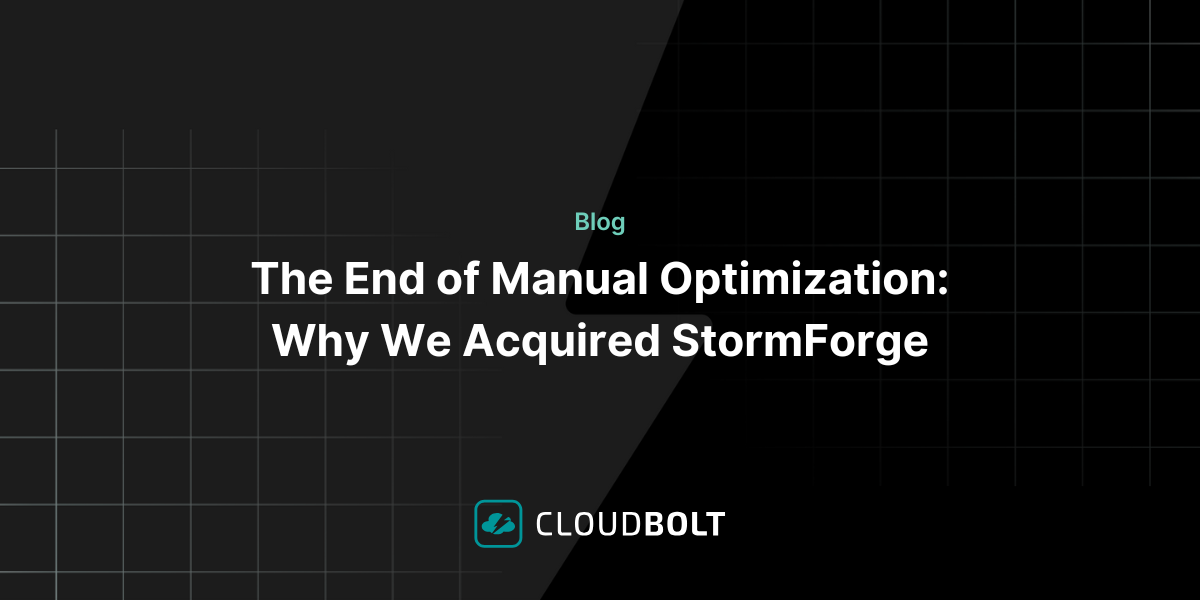A Step Toward Automation: vRealize Orchestrator Workflow Examples
If you’re looking for vRealize Orchestrator workflow examples, then your organization is probably ready to dive into IT process automation. IT process automation is the ability to integrate and orchestrate tools, processes, and people through workflows. vRealize Orchestrator (vRO) is an often-underrated tool from VMware that organizations can use for process automation.
Why You Need to Invest in Orchestration/Automation
Before you begin your automation journey, you must understand why your organization needs automation. Here are some reasons for implementing automation in modern-day organizations:
- Standardization – Implementing and adopting standards is one of the key tenets of automation. You’re moving to a model where IT delivers a task or process in a standardized way across the organization’s environments. Overall, standardization helps to improve the cost management of processes.
- Increasing Efficiency – Applying automation to a frequently occurring, laborious, and complex task or process in your organization helps make the process’ delivery more efficient.
- Increased productivity – Automation enables organizations to complete the same tasks more frequently in the same time frame using fewer resources. For instance, IT can schedule tedious processes, such as server compliance checks, to automatically run weekly instead of once every month.
- Cost Reduction – Your organization will need to meet the initial cost of automating tasks and processes. After automation, the ongoing costs associated with these processes and tasks reduce significantly.
- Risk Reduction – Removing or reducing the human element in a task or process significantly reduces the risk of failing or being delayed.
- Spur Innovation – Automation increases productivity and efficacy, which frees up the resources needed to drive innovation within the organization. Personnel can free themselves from mundane tasks and focus on tasks that propel the organization toward the next “big thing.”
Using VMware vRealize Orchestrator for Automation
One of the critical features of vRO is the ability to create and customize the presentation layer. This nifty feature allows you to control the way a user running the workflow can provide input. You can achieve this by providing drop-down menus. A user can select a predetermined value. Alternatively, it can generate a value based on an action. It’s possible to change the value in a drop-down menu based on the value of another drop-down menu. Controlling input helps to eliminate human error and reduces the failure rates of workflows.
vRealize Orchestrator Workflow Examples
vRO’s real power is its ability to create, reuse, combine, and extend existing workflows or actions to create new ones. Some include creating a workflow to obtain IP addresses from Infoblox and inputting this information into a Deploy a VM (virtual machine) From a Template workflow. This allows the central management of IP allocation for VM deployments. You can also go a step further by adding a Send Notification workflow. This sends the requestor an email when the workflow fails or completes successfully.
Other vRO Practical Applications
Here are some practical examples of using vRO to automate processes within your organization:
- Deploying VMs via a Template
- Adding VMs to DRS Groups
- Creating/Updating/Deleting AD objects, such as Groups, Users, and Group Memberships
- Integrating into ServiceNow to create/update/delete CI (configuration items) within the CMDB (Configuration Management Database) during its life cycle
- Using SNMP for alerts from vRealize Operations into ServiceNow for the service desk
- Deploying agents (e.g., Puppet) onto VMs and pointing the machines to Puppet Master for configuration
Eight Steps for Developing vRO Workflows
Using vRO for automation shouldn’t be too difficult. Here are the eight cortical steps for processing automation through vRO:
Understand the Process/Task
Identify the tasks and processes that occur regularly and take too long to complete because of the complexity or number of steps involved.
Find Out if the Process/Task Is Worth Automating
Sort out and filter the processes/tasks into the amount of effort required to execute them. Notice the frequency with which they occur. This way, you’ll be able to identify the critical processes you need to automate.
Document the Process
Make sure to thoroughly document the whole automation process.
Make Sure You Can Complete the Task/Process Manually First
It’s important to try to complete the process manually first. This allows you to identify different inputs, outputs, errors, and integrations that may inform automation decisions. Automating a process that you can’t complete manually can be problematic. If there’s an error, troubleshooting becomes hard since you can’t figure out what’s at fault between the process and the automation.
Draw the Process as a Workflow
Visualize the workflow and logic decisions that you’ll need to make to help with the overall process. This helps identify shared/reusable components.
Create the Process Workflow
Creating a workflow is an agile process that involves continuous testing and changes until the workflow is complete.
Conduct End-to-End Tests
Testing is critical for workflow development. You should have a representative test environment to avoid affecting your production environment. Test all decisions and logic in the workflow to ensure you understand all outcomes. Doing this is particularly important if you have multiple exit points to the workflow.
Document the Workflow
Documentation is one of the most important steps in the automation process. It helps with ongoing workflow development and allows others to reuse the workflows created. Devs need to understand the association between the inputs and outputs and the workflow to use them.
Learn more about our tools for enhancing your vRO experience. Discover CloudBolt today.
Related Blogs

How I Rethought Cloud Budgeting—And What Finance Leaders Need to Know
If you’re a finance leader trying to bring more structure and strategy to cloud budgeting, you’re not alone. While most…

